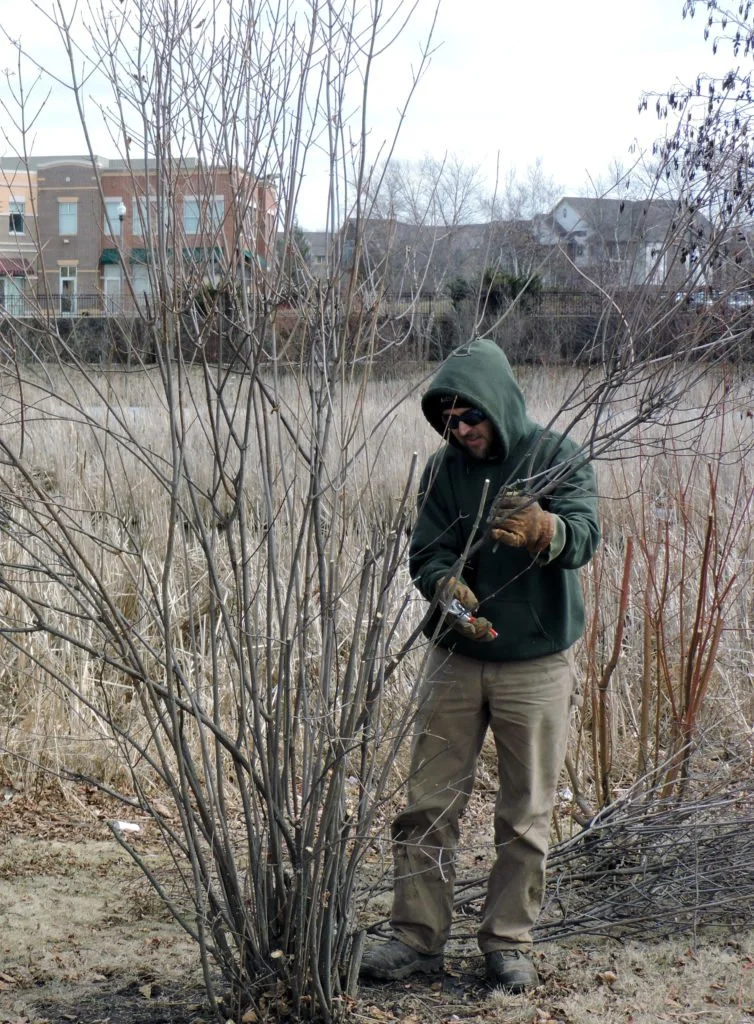Rejuvenation Pruning Prepares Commercial Properties for a Healthy Spring
Rejuvenation pruning (sometimes called dormant or winter pruning) has many benefits to the trees and shrubs on your commercial property. Once the thermometer edges above 32 degrees and the snow starts melting, landscape teams can start working on some commercial property maintenance. Villani Landshapers typically begins rejuvenation pruning of trees and shrubs on commercial properties from Franklin to Mequon anytime from late February through the beginning of April.The primary goal of rejuvenation pruning is to extend the life of the plant and promote its health during the growing season. Controlling the size and maintaining the appearance of the plant material is also important for many property managers, and rejuvenation pruning will help manage plant growth.
Keys to Rejuvenation Pruning on Commercial Properties
An experienced commercial landscape team will know just where and how to make pruning cuts so the plant responds the best and doesn’t suffer any damage or disease. It’s also essential to know which species of trees and shrubs respond best to rejuvenation pruning and how much to prune from each. Different species of shrubs need to be pruned at different times of the year. Summer flowering shrubs, such as hydrangeas, roses, and spirea, are best pruned in the late winter/early spring before they bud. Spring-flowering shrubs, such as lilacs and weigela, are best pruned after they have flowered for the year.When pruning shrubs, commercial landscapers carefully perform cuts that reduce the height of the plant material and thin out older or thick canes to promote new growth. On trees, crossing or rubbing branches are removed and thinned out.Performing rejuvenation pruning during the late winter and early spring has many advantages. The plant material is dormant, so the pruning can be more aggressive without damaging the plant. Landscapers may remove from one-third to one-half of the existing branches on trees and shrubs. The next year, another third of the older branches can be removed. Following rejuvenation pruning, the shrub will regrow from its roots, becoming a youthful, compact plant with maximum bloom.At this time of year, the plant hasn’t leafed out yet, making the structure much more accessible to pruners and giving them a much better idea of the plant’s structure. Managing the size and shape of a shrub at the beginning of the season usually means there is less need for in-season pruning as well.A healthy spring and summer for the trees and shrubs on your commercial property begins with late-winter rejuvenation pruning.

